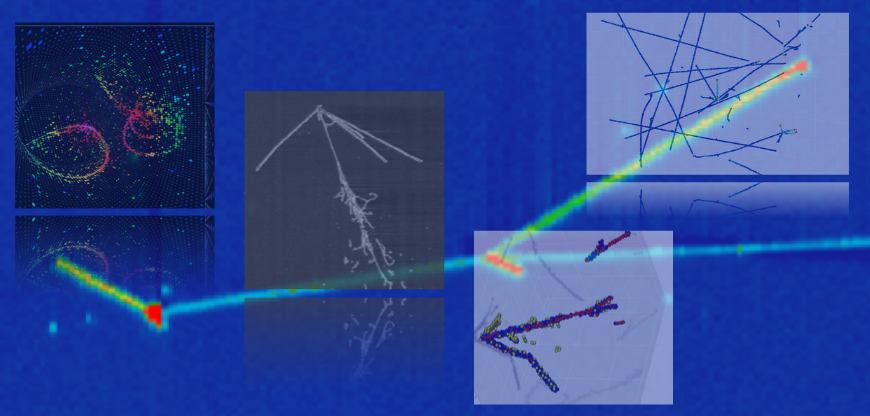Speaker
Description
Deep Learning (DL) techniques for background event rejection in Liquid Argon Time Projection Chambers (LArTPCs) have been extensively studied for various physics channels [1,2], yielding promising results. However, the potential of massive LArTPCs in the low-energy regime remains to be fully exploited, particularly in the classification of few-hits events that encode information hardly accessible to conventional algorithms.
In this contribution, we highlight the performance of Deep Learning (DL)-based [3] and, especially, Quantum Machine Learning (QML)-based background mitigation strategies to enhance the sensitivity of kton-scale LArTPCs for rare event searches in the few-MeV energy range. We emphasize their potential in the search for neutrinoless double beta decay (0νββ) of the 136Xe isotope within the Deep Underground Neutrino Experiment (DUNE), focusing on the DUNE Phase II detectors (“Module of Opportunity”). These low-energy events generate very short, undersampled tracks in LArTPCs that are difficult to analyze.
We present the application of novel QML algorithms, particularly Quantum Support Vector Machines (QSVMs) [4], for addressing this challenging classification task and compare it to deterministic algorithms and Deep Learning (DL) approaches like Convolutional Neural Networks and Transformers. We further highlight the weaknesses and strengths of each method.
QSVMs exploit quantum computation to map original features into a higher-dimensional vector space so that the resulting hyperplane would allow better separation within classes. The choice of this transformation called feature map is critical, and results in a positive, semidefinite scalar function called kernel. Quantum kernels can be implemented on modern intermediate-scale noisy commercial quantum processors and provide evident advantage where the required feature transformation is intractable classically.
In our work, QSVMs demonstrate competitive performance but require careful design of their kernel function. Optimizing a Quantum Kernel for a specific classification task is an open problem in QML. We provide a strategy to address this challenge through powerful meta-heuristic genetic optimization algorithms, enabling us to discover Quantum Kernel functions tailored to both the dataset and the quantum chip in use.
References
[1] DUNE Collaboration, Phys. Rev. D. 102, 092003 (2020).
[2] MicroBooNE Collaboration, Phys. D. 103, 092003 (2021).
[3] R. Moretti et al., e-print arXiv:2305.09744 (2023).
[4] Havlíček, V et al., Nature. 567, 209–212 (2019).
| Type of contribution | Talk: 30 minutes. |
|---|

